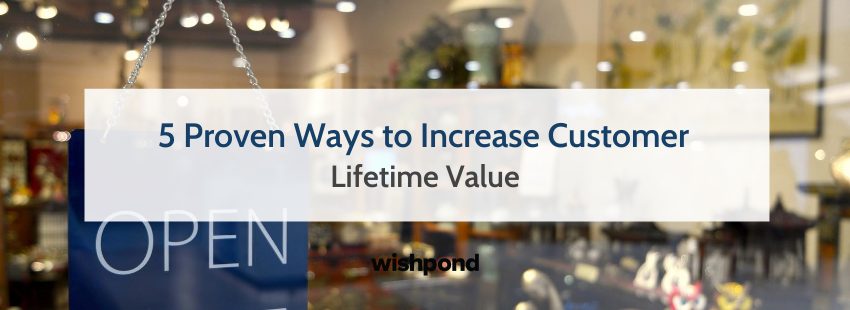Have you poured money into acquiring new customers, only to come up short when they don’t end up converting for more than one transaction?
This unfortunate occurrence happens in eCommerce when a business doesn’t pay attention to customer lifetime value.
Rather than investing resources into every customer, it’s more beneficial to focus on the customers that are most valuable to your business in the long run.
But, how can you determine which customers will be valuable to your business, and how can you make those customers even more valuable? This can be done by calculating and increasing customer lifetime value.
What is Customer Lifetime Value?
Before you understand what customer lifetime value means, you first need to know what customer acquisition is. Simply put, customer acquisition is the process of bringing new customers into your business – this is key to the success of your venture. When considering the cost of customer acquisition, it’s a constant cost-benefit analysis. How much does it cost to acquire a specific customer, and will that cost pay off in the future?
To prevent your business from spending money on customers who won’t be valuable, you’ll need to determine customer value, or CV. This will help you determine whether a customer is worth your investment to gain and keep – this is where customer lifetime value comes in.
Customer lifetime value, or CLTV, indicates the total revenue that your business should expect from a single customer within a segment. This is determined by comparing a customer’s revenue value to their expected lifespan as a patron of your business.
In order to calculate CLTV, follow this formula.
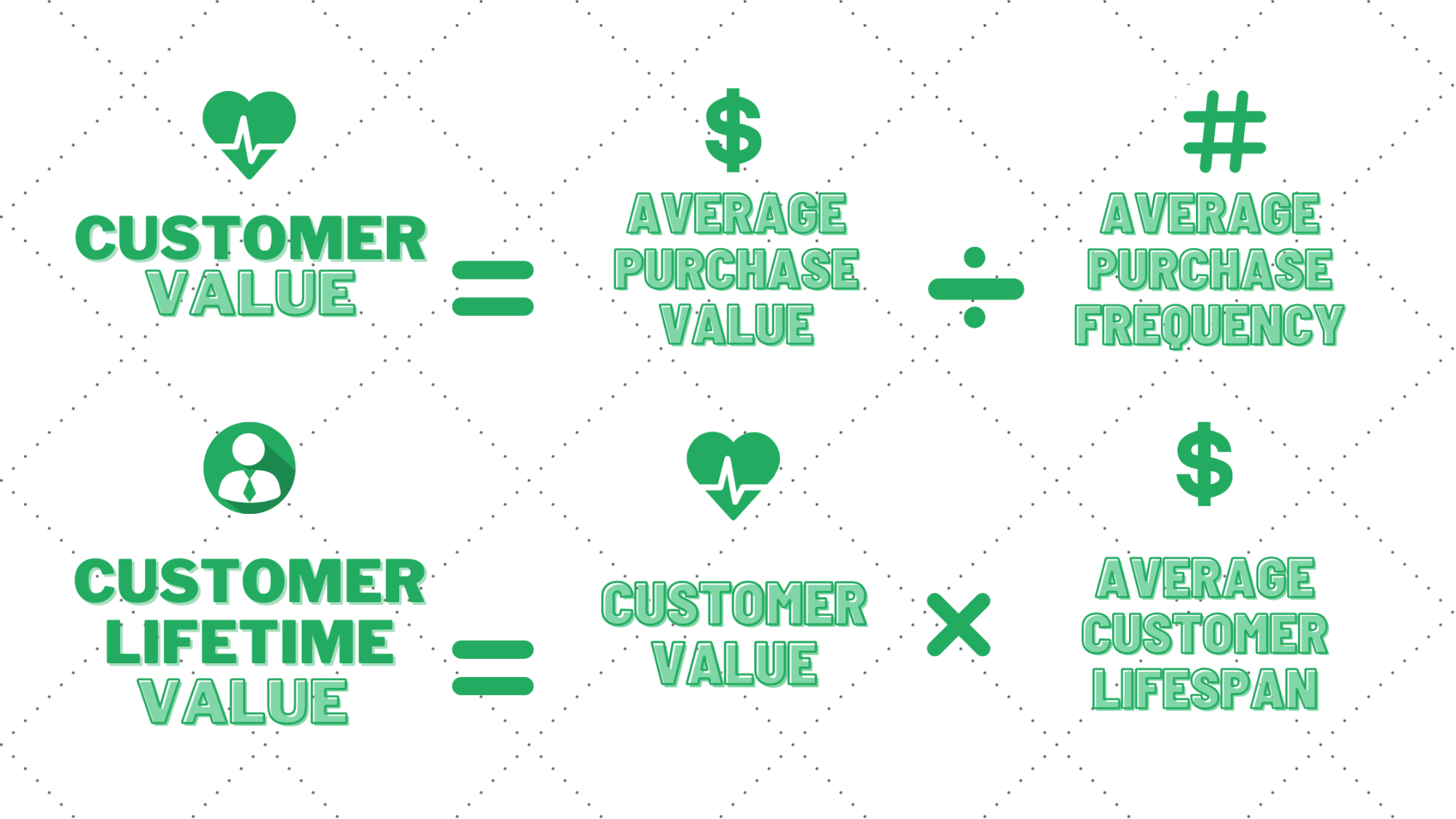
First, you’ll need to find your customer value. This is calculated by dividing a customer’s average order value by their average purchase frequency rate.
Next, you’ll need to multiply that customer value by their average customer lifespan. This will give you the customer’s lifetime value.
However, keep in mind that you shouldn’t just be focusing on acquiring new customers who have never shopped with you before.
In reality, it’s much easier and cheaper to sell to an existing customer than a new one; according to statistics, it’s actually 7 times more expensive to acquire a new customer via paid advertisement than retain an existing one.
So, with this information, it’s clear that customers who have already purchased your products or services are the ones that will earn you the most return on investment.
But, how can you retain those customers and increase their lifetime value for your business? The key here is customer loyalty.
1. Utilize Marketing Automation
If you want to retain customers and make them more valuable, you need to constantly be marketing to them in a personalized way.
However, that’s nearly impossible to do on a manual basis – especially if you have thousands or millions of customers.
With marketing automation software, you can send your customers personalized, relevant marketing messages at the right times.
Automated email campaigns are proven to boost sales too; according to Invesp, they usually increase sales by 14.5%. But, when you personalize those emails, it’s possible to generate 6 times higher revenue than non-personalized emails.
Automated personalized emails can serve many purposes, and be sent out for any occasion, from cart abandonment to birthdays.
These emails are not only great opportunities for engaging with a customer, but they can also carry incentives for doing further business with you. Take, for example, this DSW birthday email with a coupon attached.

You can also automate personalized product recommendations in these emails based on past orders, abandoned carts, or simply browsing history on your site.
These emails can either upsell what the customer has already purchased, such as selling an annual subscription to a customer who already signed up for a monthly one.
Annual subscriptions are uniquely effective in boosting customer lifetime value because they help you to keep that customer with your business for a much longer period of time.
Personalized emails can also cross-sell based on a customer’s interests or past purchase. For example, this Dollar Shave Club email is both reminding the customer that their next subscription box is coming soon and showcasing extra add-ons that they can also purchase alongside it.
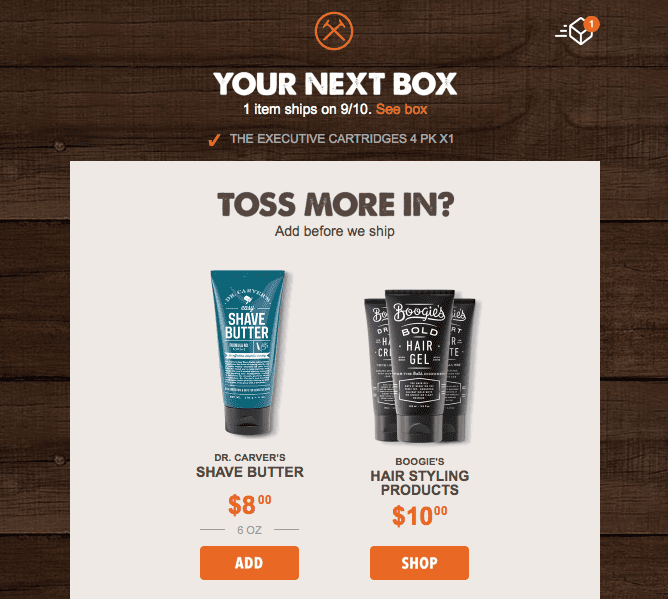
Ready to start automating your email marketing campaigns?
Book a free call to learn how our team of marketing experts can help you to create high converting email marketing campaigns today.
2. Run Contests & Giveaways
Running contests and giveaways are great methods for encouraging customer engagement with your brand. They come with the added bonus of potential reward for the customer, acting as an incentive to participate.
By consistently giving back to your brand’s customer base, you’ll be actively encouraging them to stay loyal customers (thereby increasing their customer lifetime value).
Loyal customers don’t just have to be rewarded by items with monetary value as part of your contest. Instead, you can feature winning customers through user-generated content (or UGC) on your various social media profiles.
One great example of incentivized UGC in action is Starbucks’ #RedCupContest, where they encourage fans to draw a custom design on the red cup and share a photo with a chance to be reposted to the Starbucks official Instagram account.
This not only gave Starbucks valuable UGC for use in social media promotion, but it also recognized loyal fans and showed customers that they’re willing to engage with their base.

3. Start a Loyalty Program
According to YatPo, 52% of loyal customers will join a loyalty program if one is offered to them. Loyalty programs can gamify engagement with a business, whether it be transactions or referrals, in ways that customers value and enjoy. Typically, this value translates into future discounts, deals, or even free products.
The most common loyalty program model is rewarding points for a certain dollar amount spent, which can be redeemed for another dollar amount.
For example, if you spend $10 and are part of the loyalty program, you can earn 1,000 points. These 1,000 points can then be redeemed for a $1 discount on a product.
Here’s an example of a loyalty program in action: Sephora’s Beauty Insider points program.

By rewarding customers with points, you’re not only encouraging them to buy more products, but you’re helping them save money down the line if they stay loyal.
This not only gives customers a return on their loyalty investment, but it also fosters an emotional connection.
Research shows that customers with an emotional connection to a brand tend to have a lifetime value 4 times higher than the average customer. With an effective loyalty program, you can achieve that emotional connection.
4. Encourage & Respond to Reviews
One of the leading causes of customers leaving a company is the belief that your business doesn’t care about them.
So, what is one of the most effective ways to show that you care about your customers?
This one is simple: ask for, and respond to, genuine feedback.
In order to grow your business and keep your customers satisfied, it’s vital that you seek out detailed, actionable feedback on shopping experiences with your store. Reviews can also help you better understand your customers’ needs, making it easier to serve them better and maintain their loyalty down the line.
You can encourage customers to leave reviews or answer surveys by emailing them after they’ve performed an action on your site, whether that’s purchasing an order or failing to convert. This review request can even be incentivized with a coupon code if you’ve found this method to be valuable.
Beyond requesting reviews, you should also be monitoring social media channels and review websites for reviews from your customers so that you can organize and respond to this feedback. It’s an important show of trust and authenticity to respond to reviews, whether they’re positive or negative.
This shows customers that you care about their experience post-purchase and gives you an opportunity to turn an unfortunate experience into a memorable one.
Here’s a great example of how a review response should look like from Ziba Beauty.
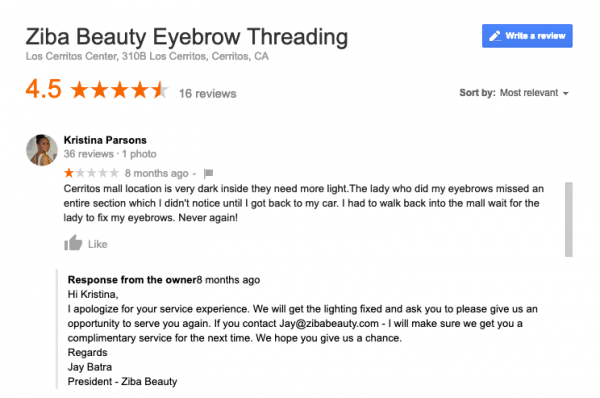
5. Improve Your Customer Service
Your business’s customer service can make or break a consumer’s loyalty to your brand.
According to research, 89% of consumers have switched to a competitor after a poor customer experience. If you’re trying to increase your business’s customer lifetime value, then this is a factor you should eliminate as much as possible.

To serve your customers in the best way possible, here’s the most important strategies that you need to implement in your business:
- Offer a variety of methods for support. Customers like to have options when looking for support from a business, whether it’s based on preference or the limitations of their environment. To keep all customers satisfied, offer support on different channels, including phone, email, live chat, social media, instant messaging, and more.
- Provide customers with self-service support. This typically included a “knowledge base” that carries all of the important information customers need to know to use your product or service. You can offer a variety of support content, from articles and documentation to video guides and slideshows.
- Make support available as much as possible. If you’re running an online business, you’re selling 24 hours a day, 7 days a week. However, if your team works within specific office hours, there may be no live support available to customers when they need it most.
Consider adding 24/7 support to your business or automating support for frequently asked questions.
Wrapping Up
With all of the previous strategies applied to your business, customer lifetime value is sure to improve.
There’s not just one, straightforward solution to increasing your customer’s lifetime values.
It requires a multichannel, multifaceted approach: automate your personalized marketing, engage with giveaways, gamify shopping with loyalty points, act on feedback, and offer premier customer service.
As stated at the beginning, customer loyalty is the key to boosting customer lifetime value. Essentially, if a customer feels valued, they will prove that value to your business.
About the Author
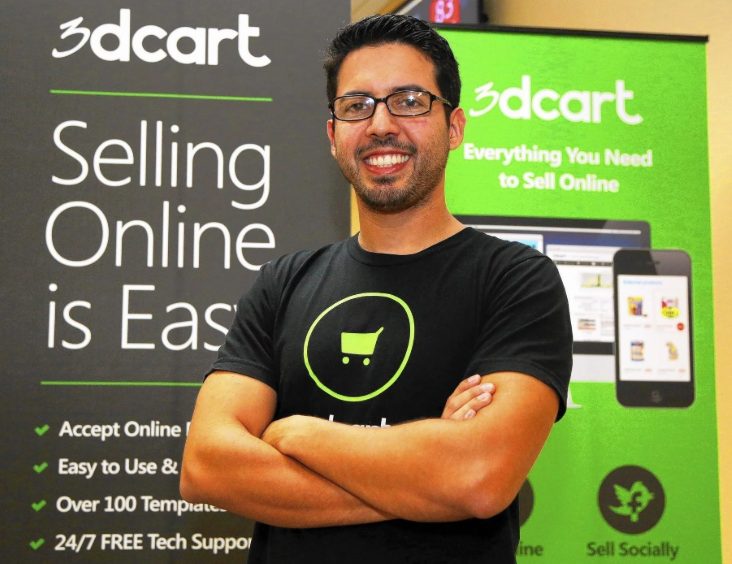
Jimmy Rodriguez is the COO and co-founder of 3dcart, an all-in-one eCommerce software. Jimmy is focused on helping internet retailers succeed online by providing eCommerce resources, developing strategies, actionable plans and customer experiences that grow and improve performance.

